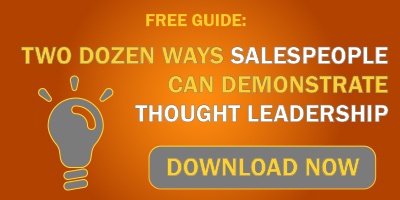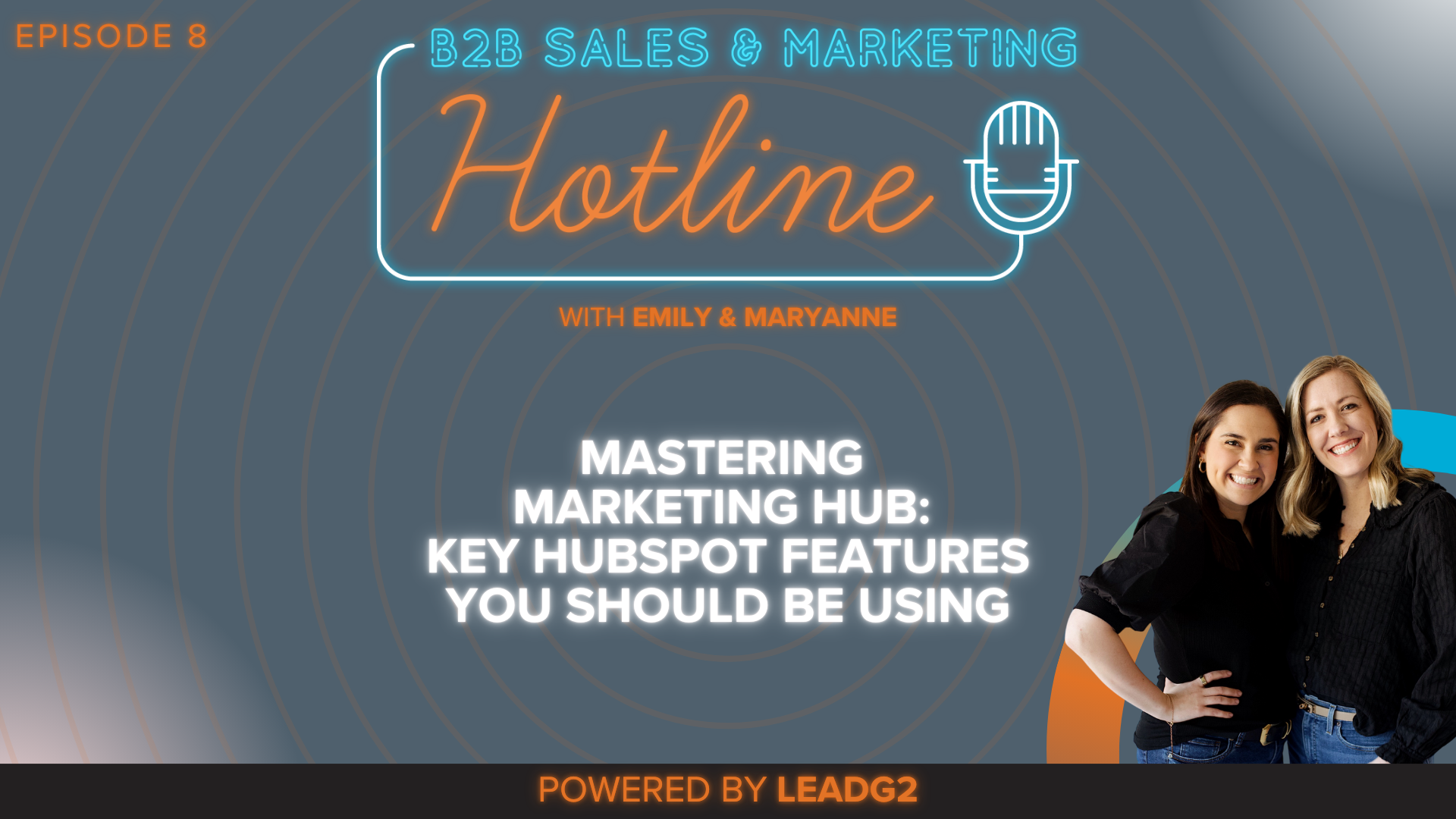

Business-to-business (B2B) sales are often a long and complex process. As a salesperson, it’s important to understand the needs and motivations of your prospects and leverage that knowledge to help them make the best buying decisions.
By taking the time to understand their needs and utilizing the right strategies, you can help your prospects purchase more effectively. This article will discuss five strategies that B2B salespeople can use to facilitate a smooth buying process.
How B2B Salespeople Can Help Prospects Buy More Effectively
Here's a more in-depth look at each element:
1. Understand the prospect's needs and pain points: It's important for salespeople to thoroughly understand the prospect's business and their specific needs and challenges. This will help them tailor their pitch and recommend products or services that are most relevant and valuable to the prospect.
2. Clearly communicate the value proposition: Salespeople should be able to clearly and concisely explain the value that their products or services offer to the prospect. This may include highlighting key features and benefits and demonstrating how the product can solve specific problems or meet specific needs.
3. Offer demos and trials: Offering demos, or free trials, can be an effective way for salespeople to help prospects see the value of a product or service firsthand. This can help prospects make more informed decisions and feel more confident in their purchase.
4. Provide resources and support: Salespeople can also help prospects buy more effectively by providing them with helpful resources, such as case studies, white papers, and product documentation. Additionally, offering ongoing support and answering any questions or concerns the prospect may have can help them feel more comfortable with their purchase.
5. Establish a relationship: Building a strong relationship with the prospect can also help them feel more confident in their purchase decision. Salespeople should aim to build trust and rapport with the prospect by being responsive, transparent, and honest throughout the sales process.
How B2B Buyers Are Using Thought Leadership To Make Buying Decisions
Business-to-business (B2B) buyers use thought leadership from vendors to make buying decisions in several ways:
1. Researching the vendor: B2B buyers may research a vendor's thought leadership content as part of their due diligence process. This can help them understand the vendor's expertise, track record, and perspective on industry trends and challenges.
2. Evaluating the vendor's solutions: B2B buyers may also use thought leadership content to evaluate a vendor's solutions and determine whether they are a good fit for their needs. For example, they may read blog posts, whitepapers, or case studies to understand how the vendor's products or services have solved similar problems for other organizations.
3. Identifying new solutions and opportunities: Thought leadership content can also help B2B buyers identify new solutions or opportunities that they may not have been aware of previously. For example, a vendor's whitepaper on a new technology or approach may pique the buyer's interest and prompt them to consider the vendor's products or services as a solution.
4. Validating their own ideas and decisions: B2B buyers may also use thought leadership content to validate their own ideas and decisions. For example, if they are considering a new solution or approach, they may look for thought leadership content from vendors that supports their thinking and helps them feel more confident in their decision.
Overall, thought leadership content can be an important resource for B2B buyers as they research and evaluate vendors and their products or services. By providing valuable insights and expertise, vendors can help buyers make more informed and confident purchasing decisions.
How Do You Stand Out When Creating B2B Thought Leadership Content
To stand out when creating thought leadership content in the B2B ecosystem, consider the following tips:
1. Focus on a specific area of expertise: Instead of covering a broad range of topics, focus on a specific area of expertise or niche within your industry. This will help you establish yourself as an authority on that topic and make your content more relevant and valuable to your target audience.
2. Provide unique insights and perspectives: To stand out, your thought leadership content should offer something new and unique. This could be a fresh perspective on an industry trend, a novel approach to a common problem, or original research that adds to the body of knowledge in your field.
3. Use data and evidence to support your points: To make your thought leadership content more credible and compelling, use data and evidence to support your points. This could be statistical data, case studies, or research findings.
4. Use a variety of formats: To reach a wider audience and keep things interesting, consider using a variety of formats for your thought leadership content. This could include blog posts, whitepapers, ebooks, infographics, podcasts, webinars, or videos.
5. Promote your content: Once you've created your thought leadership content, make sure to promote it to your target audience. This could include sharing it on your website and social media channels, reaching out to industry influencers or media outlets, and presenting it at industry events or conferences.
Is It Better To Create Thought Leadership Internally Or Outsource It?
Whether it is better to create thought leadership internally or to outsource it to a firm or consultant depends on several factors, including the resources and expertise available to your organization and the specific goals and objectives of your thought leadership efforts.
There are pros and cons to both approaches:
Creating thought leadership internally:
Pros:
-
Allows you to have more control over the content and messaging.
-
Allows you to leverage the knowledge and expertise of your own team.
-
Can be more cost-effective, as you won't need to pay for external resources.
Cons:
-
May require more time and resources to produce the content.
-
May require a dedicated team or individual to manage the process.
-
May require additional training or expertise to produce high-quality content.
Should I hire an agency?
Pros:
-
Can provide access to a wider range of expertise and perspectives.
-
Can be more efficient, as you can leverage the resources and experience of the firm or consultant.
-
Can free up time and resources for other priorities within your organization.
Cons:
-
Can be more expensive, as you will need to pay for the services of the firm or consultant.
-
May require more coordination and communication to ensure that the content meets your needs and aligns with your brand.
-
May require more oversight to ensure that the content is of high quality and meets your standards.
Ultimately, the decision to create thought leadership internally or to outsource it will depend on the specific needs and goals of your organization, as well as your available resources and budget. It may be helpful to consider both options and weigh the pros and cons before making a decision. 

Creating Content That Hits All Three Phases of The Buyer's Journey
The buyer's journey consists of three distinct phases—awareness, consideration, and decision. In the awareness phase, potential customers become...
.png?width=2250&height=647&name=LeadG2-logo_(2).png)
 Elissa Blankenship
Elissa Blankenship



